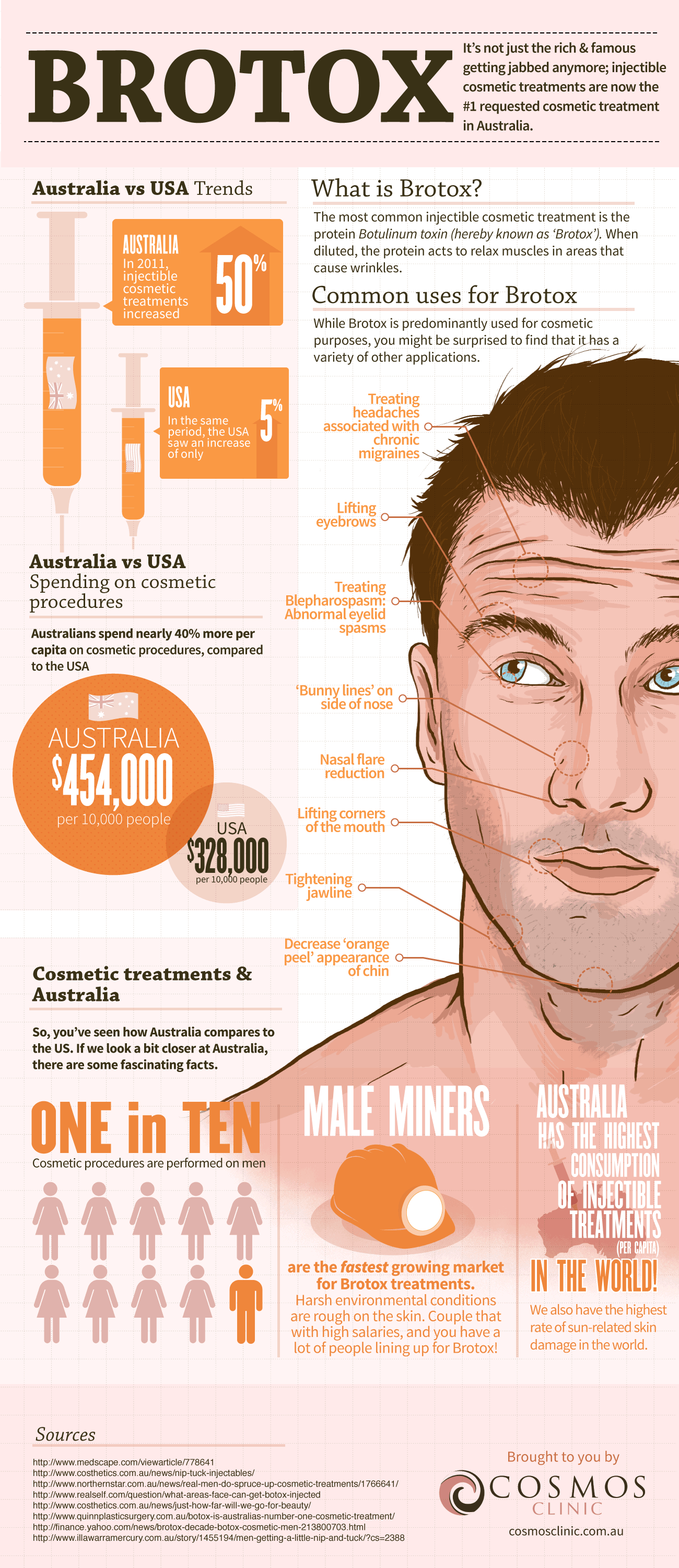How To Treat Adult Acne Effectively
How To Treat Adult Acne Effectively
Blog Article
Acne Therapy - What Are AHAs in Acne Therapy?
AHAs are a key ingredient for unclogging pore blockages and brightening acne-prone skin. They work by breaking down dead skin cell build-up to promote newer, fresher cells, and preventing future obstructions.
Creating topical AHAs necessitates thorough interest to numerous essential factors that substantially impact their effectiveness and tolerability. Maintaining the ideal pH array, along with automobile option and concentration, magnifies their exfoliative features while reducing prospective damaging reactions.
Glycolic acid
Glycolic acid is known for its moderate yet efficient scrubing properties, which promote skin's natural dropping and loosen the "glue" that holds dead cells externally of the skin. This assists unblock pores and lessen the look of great lines and wrinkles, in addition to enhance general skin structure and tone.
Remarkably, topical glycolic acid has also been revealed to boost the manufacturing of collagen, which is important in preserving skin's firmness and elasticity. It is important to keep in mind, nonetheless, that since glycolic acid can stimulate the skin's level of sensitivity to sunshine, it is necessary to wear sun block when using any kind of items containing this active ingredient.
Skin specialists pay careful interest to the formulation of items containing AHAs in order to maximize their efficacy and tolerability. Creating AHAs with the suitable lorry, along with pH and focus considerations, enables optimum skin penetration while lessening possible unfavorable responses. This is specifically essential for individuals with delicate skin, since AHAs are understood to be slightly bothersome.
Lactic acid
Lactic acid is found in many over the counter skin treatment items and some more powerful specialist peels and therapies. It has the most affordable molecular weight of all the AHAs and has the ability to pass through deeper right into the skin, where it is more efficient at unclogging pores and scrubing.
Like glycolic acid, it additionally promotes collagen synthesis, which helps reduce fine lines and wrinkles and enhance skin texture. Furthermore, it has moisture-retention residential or commercial properties, that makes it better for drier skin kinds than various other AHAs.
The extensive body of medical data confirming the efficacy of topical AHAs supports their utility in a variety of dermatological ailments and visual worries. These include intricate skin restoration treatments, attenuation of fine lines botched botox shots and creases, lightening of hyperpigmentation, therapeutic treatment for actinic keratosis, and acne management [2] Enhancing the formula of AHAs by stabilizing pH, concentration, and automobile selection better improves their healing potential. These cautious factors to consider enable dermatologists to supply risk-free and effective therapies that provide superior professional results.
Mandelic acid
Mandelic acid, derived from almonds, is another participant of the AHA household and is a popular ingredient in items that help treat acne. Its bigger molecular dimension suggests it penetrates the skin more gradually and gently, which can lower the capacity for inflammation. It's also much less most likely to set off redness and various other skin sensitivity concerns, making it suitable for delicate skin kinds.
Mandelic Acid is thought to help reduce swelling and increase hydration. It works by loosening the bonds between dead skin cells, enabling them to lose and reveal fresher-looking skin. It additionally helps reduce the appearance of bigger pores.
Developing topical products with AHAs needs an accurate balance of key aspects that significantly affect their efficiency and tolerability. Particularly, the pH of an AHA formulation has actually been shown to play an important duty in its capacity to promote peeling and boost complexion and texture. Accomplishing this optimal focus is a difficult goal and requires thorough attention to the different variables that impact the formula procedure.
Citric acid
Citric acid, located in citrus fruits such as oranges and lemons, is a light AHA. It's less irritating than glycolic or lactic acid, making it better for delicate skin. It likewise has astringent properties, helping to dry out excess oil.
Like other AHAs, citric acid can be used in chemical peels and daily active/maintenance treatments to exfoliate the skin and promote cell turn over. It can help in reducing the look of dark areas and hyperpigmentation, in addition to great facial lines.
It can also increase the synthesis of glycosaminoglycans, which play an important duty in reinforcing the skin barrier function. This helps to avoid trans-epidermal water loss, and preserve optimal hydration degrees in the skin [35]
AHAs can be integrated with relaxing ingredients such as ceramides or hyaluronic acid to boost their tolerability. They can be integrated into day-to-day active/maintenance skincare via cream or product formulas. This allows experts to tailor their AHA therapies based on individual needs and choices, with the flexibility of selecting from different treatment strengths or concentrations.